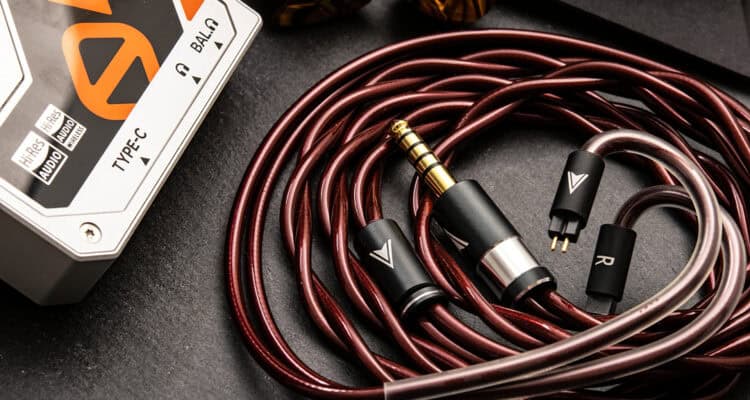

Astral Acoustics Ruby Review:
Established in 2016, Astral Acoustics is a Hong Kong brand that’s been designing and manufacturing proprietary wires and cable components. Among the various cable materials and price tags, Astral Acoustics makes various sorts and types of cable, ranging from interconnect/IEM cables to speaker/headphone cables, widely ranging in pricing, from as low as $99 to $1k.
Many of the users may have started to hear about Astral Acoustics through the summit-fi project collaborated with the hot potato Alpha Omega Fulgrim. Celebrating the 9th anniversary of Astral Acoustics, the brand has prepared a budget-friendly, special run cable called the Ruby, a copper and SPC blend hybrid cable priced at $199. Let’s see the features of Ruby, test how it sounds with different IEMs, and compare with competitor cables.
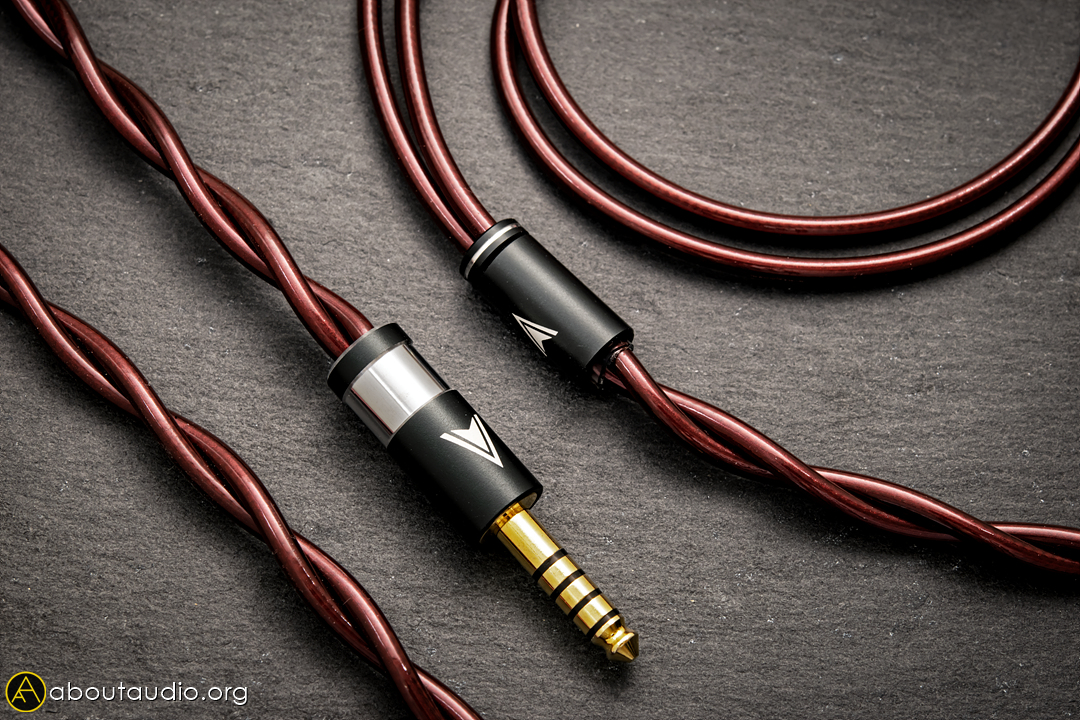
Specs & Features of Ruby
Ruby is a coaxial 2-braid cable with deep wine color sleeves. Wires are a hybrid combination of 7n OCC SPC and long-crystal copper conductors. Connector and plug parts are made of matte black/silver color metal parts. Astral Acoustics also burns in each Ruby cable for 50 hours to ensure it provides its intended sound.
One small feature to highlight from Ruby is the stealthy slim chin slider – and it actually works (many would know many chin sliders don’t really work on many custom cables). Along with player-end plugs, Astral Acoustics provides a variety of connector terminations for IEMs and headphones (2pin, MMCX, Pentaconn Ear, T2, XLR, etc.) with customizable length.
Usability / Flexibility
The Ruby cable has a smooth surface texture with the wires being pliable despite their decent thickness. The coaxial design is also great for casual and outdoor usage, as it does not cause microphonics or get caught on clothing or zippers. The metal parts are sturdy yet light in weight, not causing the cable to feel heavier than stock cables.
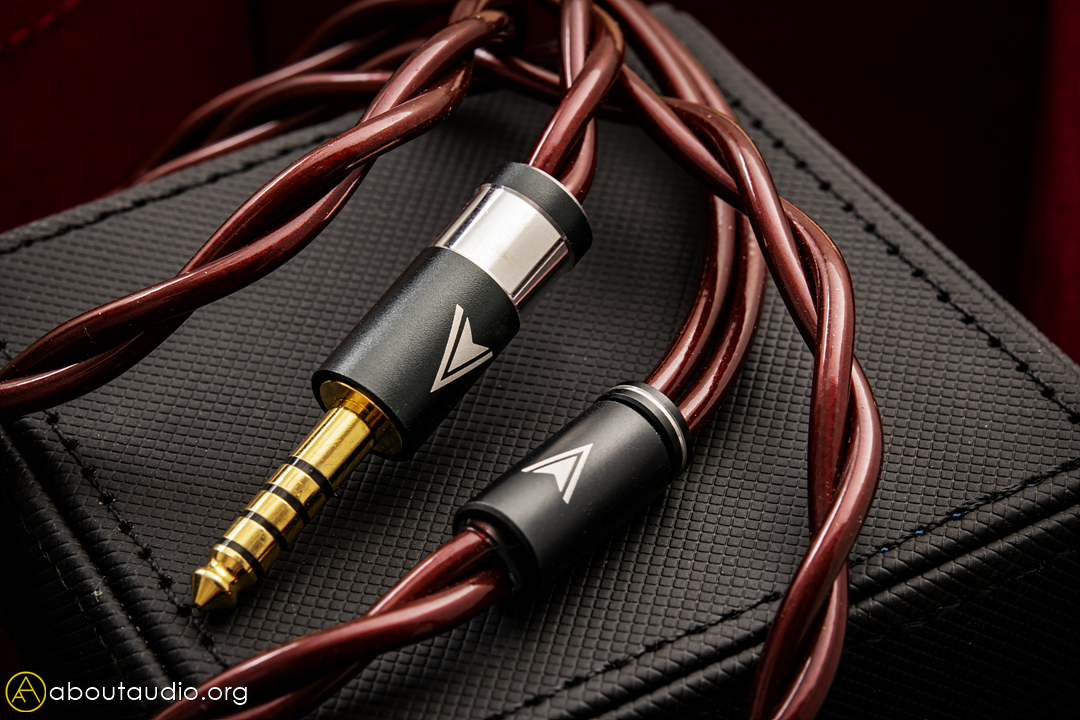
Sound Impression: How does the Ruby sound?
Ruby has a nice all-rounder sound signature that is very versatile with IEMs with different sound signatures and driver types. The timbre is neutral-warm with thick and full bass, rich and transparent vocals, and crisp and resolving trebles. Ruby gently tightens the bass and rolls off the reverbs cleaner. Vocals show an organic, copper-like tone with a touch of silvery gleam for the upper mids for ample airiness and transparency.
Trebles gain a slight boost in presence with clearer, crisper texture. For example, the natural treble boost once paired with Oriveti OH700VB with Ruby doesn’t majorly alter the sound signature or make the IEMs sound any brighter, yet still makes the trebles pop out noticeably better than most stock cables. Depending on your stock cable and IEMs, Ruby would also make the timbre “purer” or, in other words, make the sound more focused and cleaner.
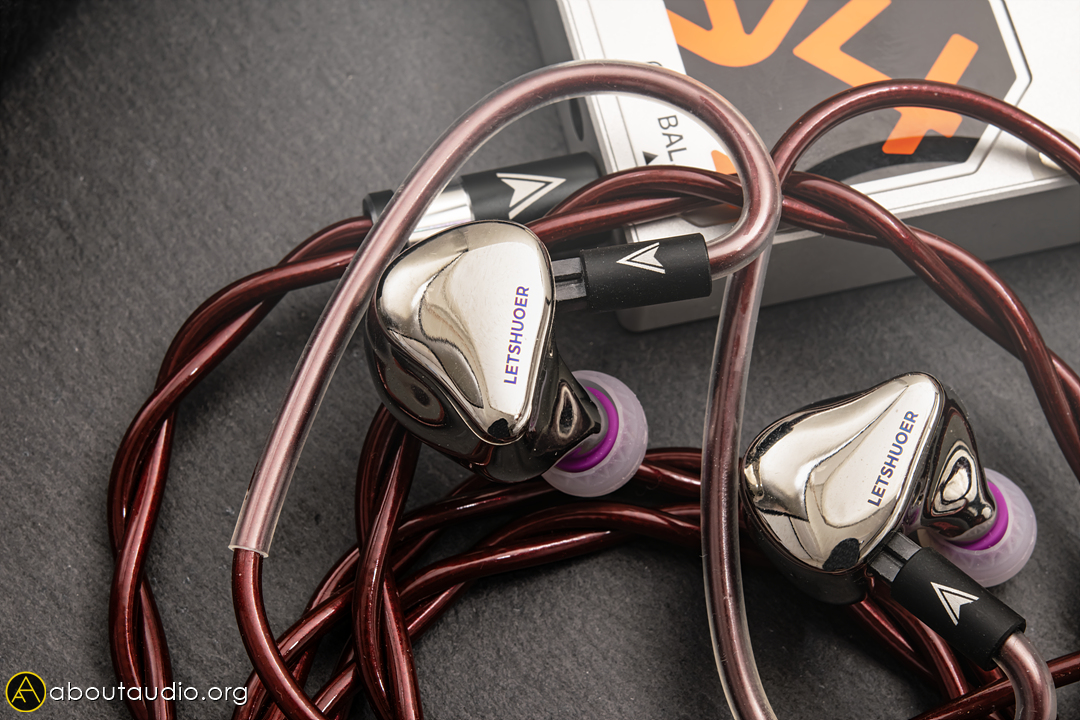
Paired with Letshuoer Cadenza 12
Ruby delivers a remarkably natural yet clearly perceptible upgrade to the Cadenza 12. While both the stock cable and Ruby utilize copper+silver blend conductors, their differing geometries and material qualities set them apart. Ruby doesn’t alter the Cadenza 12’s sonic intent but instead amplifies it.
The most noticeable improvement lies in the timbre. The tonal character remains virtually unchanged from the stock cable, leaving no room for placebo. Yet, Ruby introduces a striking boost in transparency and purity. Figuratively speaking, it’s like adjusting a slightly out-of-focus photo until it snaps into perfect focus. Subtle, but undeniably transformative.
The basslines and reverbs get clearer in their division lines, making the bass sound tighter and neater. The purer timbre and cleaner low-mid control were the core improvements that Cadenza 12 could use to emphasize its charms further and reduce the drawbacks. Ruby does it incredibly naturally by respecting the original sound signature.
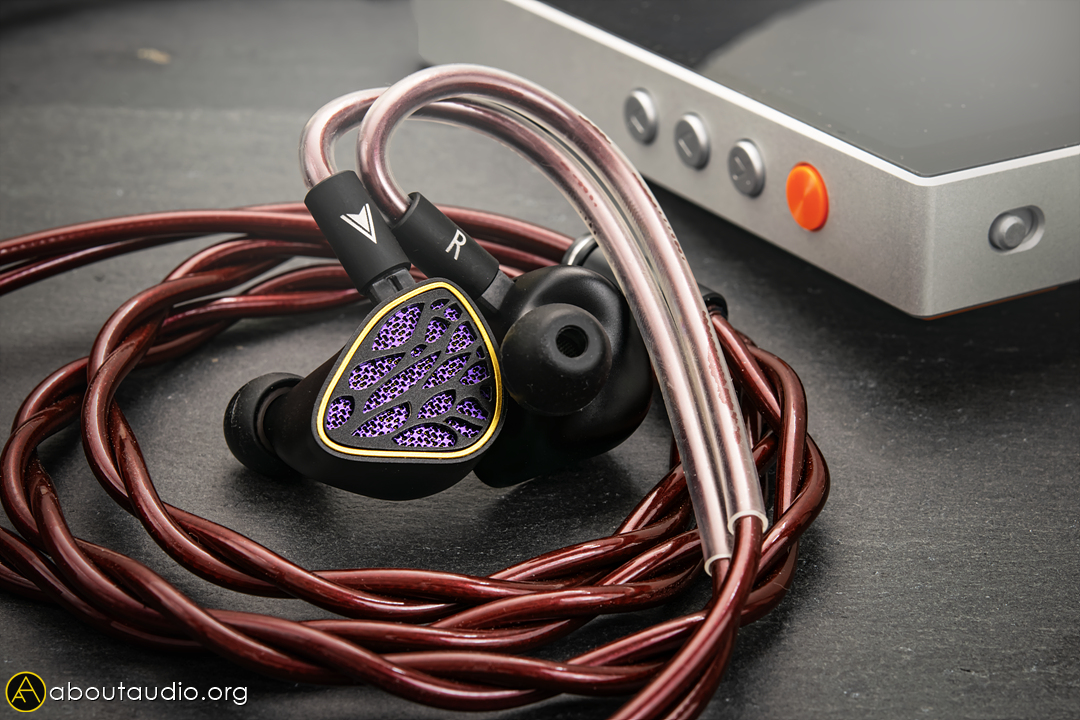
Paired with Kinera Nott Phantom (Review link)
While the stock cable of Kinera Nott Phantom is made with quality materials, the situation changes upside down when we compare it with the Astral Acoustics Ruby. Rightfully so, since Ruby is quite an investment to make, considering Nott Phantom being priced at $430. However, if you appreciate the sound of Nott, the Astral Acoustics Ruby cable makes sure to make the investment worthwhile. Once you swapped the cable to Ruby, you could instantly tell the performance boost throughout the spectrum.
The big, warm bass and mids surrounding the soundfield are the main point of Nott’s sound signature, which is acquired by making the sound more musical than analytical, which may result in some finding Nott’s sound a bit duller than their liking. Ruby brings a solution where you could
The bass gets thicker in density and color, making it rumble just as strongly but cleaner and higher resolution. Ruby digs out the ultra lows in a more resolving manner and makes them more prominent. Kinera Nott also has a subtle veil across the range, and while not thinning out the body or side-stepping in sound signature or timbre, Ruby pleasantly unveils Nott to sound crisper and noticeably more refined.

Compared to Effect Audio Ares S II
Let’s compare with one of the most popular custom cables from the budget range – the Effect Audio Ares II. While both cables share similarities in keeping a neutral-warm tone and good sonic balance, Ares S II puts a stronger emphasis on sideways separation and reverbs, whereas Ruby focuses on texture density and tighter reverb control. Ruby is also slightly warmer than Ares S II and is just slightly more low-mid focused, offering a type of stability that gives the sound a calmer feeling and is well-structured from the ground up.
Compared to the Ruby, the Ares S II is gently uplifted in transparency and upper-end emphasis, introducing more air, openness, and mid-high technicality. Ruby may be thicker in color and density, though Ares II is instead boosting the instrument separation and unveiling textures. Both cables are very well made, and they go neck to neck in performance. It’d all come down to what kind of upgrade you’re particularly looking for based on your preferences and IEMs.
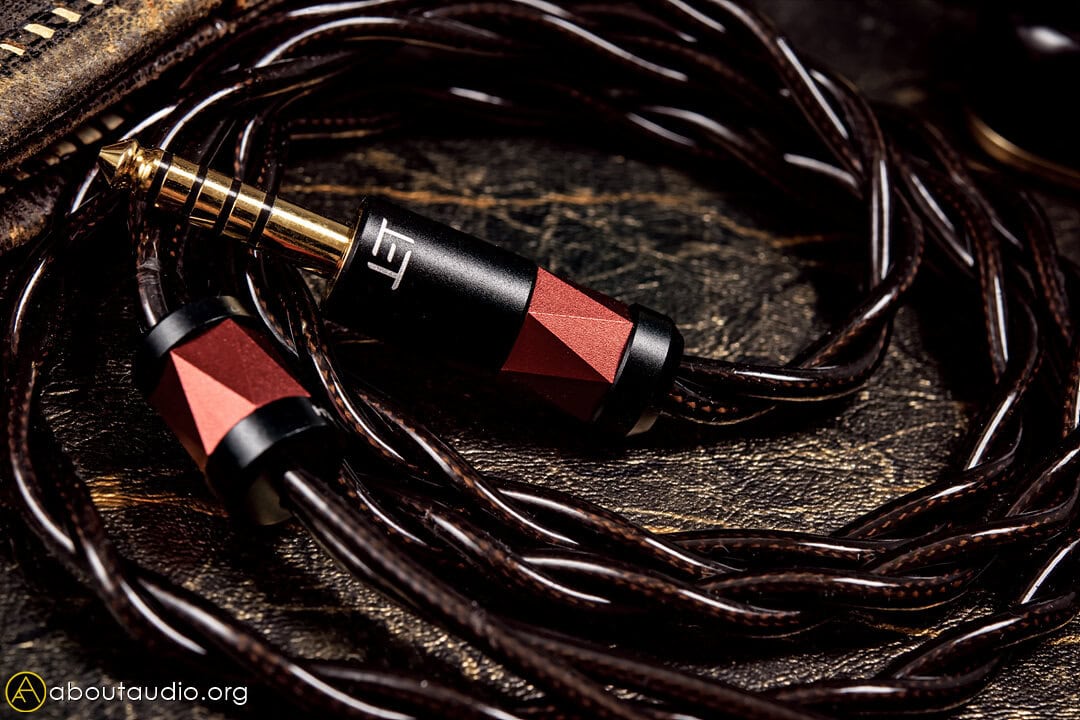
Compared to Eletech Eclipse
Next up for the comparison is Eletech Eclipse – also a special run cable by Eletech, celebrating their 5th brand anniversary. Ruby is a blend of SPC and copper conductors, whereas Eclipse uses pure copper conductors. The typical understanding, or even could say stereotypes that we have for how certain conductors sound (such as copper sounding warmer and silver sounding brighter), applies quite similarly when comparing Eclipse and Ruby. Eletech Eclipse has a warmer tone with stronger bass. Eclipse achieves slightly deeper and fuller bodied bass response, with a quieter, darker background than Ruby. Ultra lows are also a bit stronger in extension and quantity on Eclipse. On the other hand, Ruby takes a more balanced approach by offering tighter bass control and better tonal balance.
Ruby provides more transparency and openness for the upper frequencies. While the ultra-lows and sub-bass are slightly lesser in body and quantity, Ruby still falls into having a neutral-warm, bassy sound, leaving no room for worrying about weakening your bass presence. In short, Eclipse is a distinctively bassy, warmer, and thicker-sounding cable (while remaining in the neutral range), while Ruby is similar to Eclipse but more tigtened, balanced, and with better transparency and upper-end headroom.
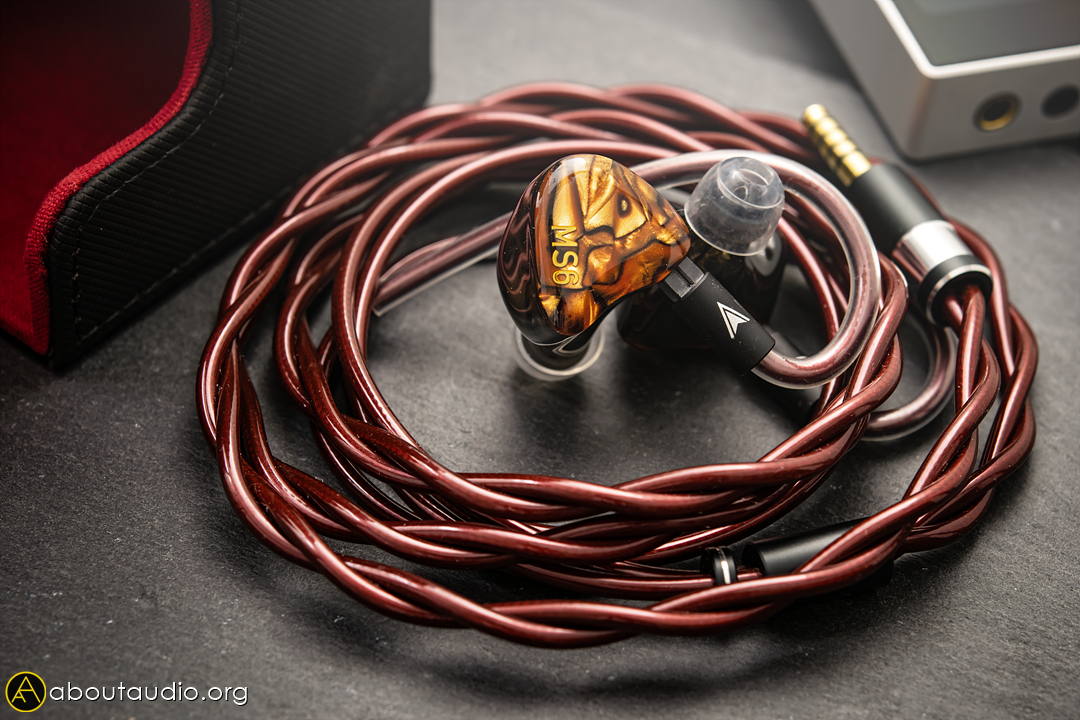
Snatch the Ruby while You Can!
Astral Acoustic’s Ruby is an awesome choice for those seeking to put the last piece of the puzzle for the IEMs. What makes Ruby a wholesome custom cable is its thoroughly balanced tuning intended for an overall upgrade without deliberately altering the original sound signature. In case you’re looking for a custom cable, whether you’re for simple replacement, upgrade, or just not sure which cable to upgrade to, Ruby would be a safe move as it’s very susceptible and goes well with various IEMs with different tunings.
Perhaps another sidekick reason I’d recommend Ruby comes from a trustworthy brand made with trustworthy materials, in the midst of the audiophile world being flooded with numerous cables from all random places. Give Ruby a listen if you can – you’ll be surprised how fine it sounds for its price!


